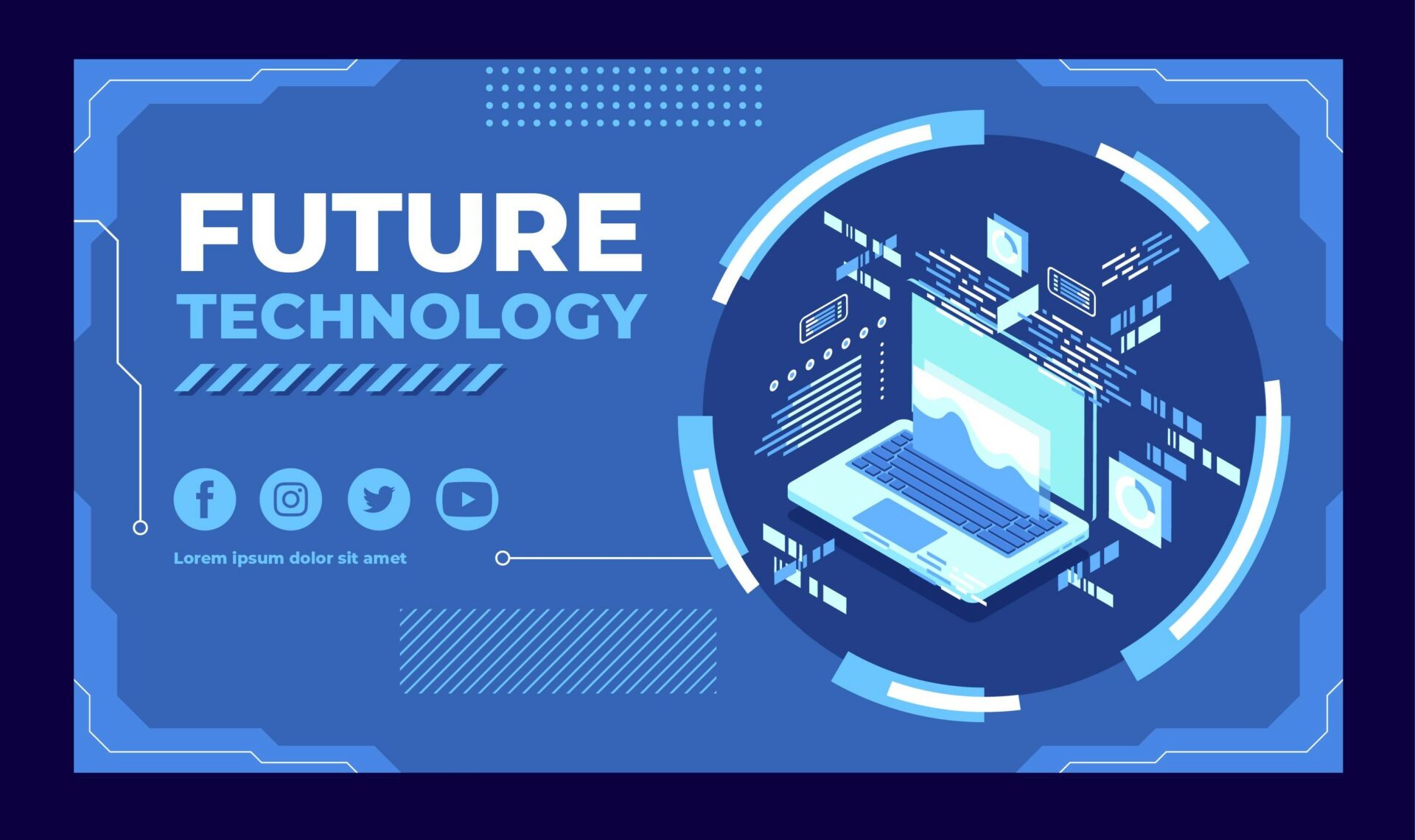Business Process Automation (BPA) has been at the forefront of digital transformation, enabling organizations to streamline operations and drive efficiency. As technology continues to evolve, emerging trends and innovations will shape the future of BPA, making it more effective, adaptable, and accessible. In this blog, we’ll explore the key trends and developments that will define the future of BPA and their potential impact on businesses.
1. Hyper Automation: The Next Frontier in BPA
Hyper Automation involves the integration of multiple automation technologies, such as Robotic Process Automation (RPA), AI, machine learning, and process mining, to create end-to-end automation solutions. This approach allows organizations to automate a broader range of tasks, including complex and cognitive tasks, and adapt more quickly to changing business environments.
2. Democratizing BPA with Low-Code/No-Code Platforms
The rise of low-code and no-code platforms is making BPA more accessible to businesses of all sizes and non-technical users. These platforms simplify the development and deployment of automation solutions, reducing the need for specialized programming skills and accelerating the time-to-value of BPA initiatives.
3. Edge Computing: Enhancing Efficiency in Real-Time Processes
As more devices and sensors are connected to the Internet of Things (IoT), edge computing will play a significant role in BPA. By processing data closer to the source, edge computing can reduce latency, improve responsiveness, and enhance the efficiency of automated processes, particularly in industries with real-time data requirements, such as manufacturing or logistics.
4. Intelligent Process Automation (IPA): BPA Meets AI
The convergence of BPA with AI, machine learning, and other advanced technologies is giving rise to Intelligent Process Automation. IPA takes automation to a new level, enabling organizations to automate more complex tasks, make data-driven decisions, and continuously improve processes based on insights and learning.
5. Digital Twin Technology: Optimizing BPA Strategies
Digital twins are virtual representations of physical assets, processes, or systems, enabling organizations to simulate, predict, and optimize their operations. By incorporating digital twin technology into BPA, businesses can better understand their processes, identify bottlenecks and inefficiencies, and optimize their automation strategies.
6. Adaptive Case Management (ACM): Tackling Dynamic Processes
ACM is an emerging approach to process automation that focuses on managing unstructured, unpredictable processes that require human intervention and decision-making. By incorporating ACM into BPA solutions, organizations can better handle exceptions and accommodate the dynamic nature of real-world processes.
7. Security and Compliance: Safeguarding the Future of BPA
The security and compliance of automated processes will be of the utmost significance as BPA spreads and gets more complicated. Creating sophisticated security mechanisms like encryption, access controls, and audit trails is necessary, as is using AI-powered risk identification and mitigation tools.
8. Workforce Transformation: Embracing Collaboration Between Humans and Machines
Human workers will perform higher-value, innovative, and strategic tasks as BPA continues to develop as opposed to monotonous, mundane chores. This calls for a focus on staff up and down-skilling and adopting a new attitude that values human-machine collaboration.
Businesses looking to stay ahead in a highly competitive environment have a ton of potential with BPA in the future. Organizations may put themselves in a position to fully utilize BPA and unlock new efficiency, agility, and innovation levels by keeping up with changing trends and technology.



